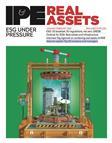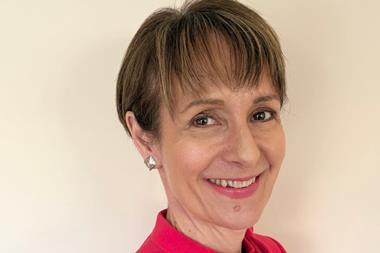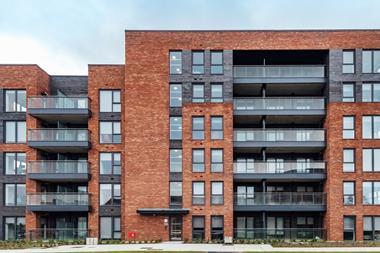Investors will continue to allocate heavily to real estate, despite the build-up of unspent capital targeting the asset class, fund managers and lenders said at this year’s ULI Europe Conference.
Martina Malone, head of global capital raising at global logistics specialist Prologis, said 2018 had “been an amazing year in terms of indirect capital raising”, adding that the huge sums raised have made available plenty of dry powder.
According to data from Preqin, real estate fundraising in 2018 was around $118bn and dry powder, or unspent capital, had reached $295bn.
Michael Cochran, senior managing director at US lender Eastdil Secured, agreed, saying “we are still seeing real estate as being compelling and getting a fair allocation of capital”.
During the panel discussion, moderated by Dennis Lopez, CEO of Canadian investor Quadreal, Cochran said that, despite becoming flat, real estate returns “still outperform other asset classes”, citing negative returns on government bonds last year and a volatile stock market.
Malone said European and US investors were behind a lot of the recent strength in real estate fundraising, but there had been increased allocations from Asian investors, notably from China and Japan.
Malone said the increase has been from China and Japan where a number of public pension funds with trillions of asset under management have taken a while to decide how and what they want to do with their large pools of capital.
Last year, Japan’s ¥151trn (€1.21trn) Government Pension Investment Fund (GPIF) awarded its first global real estate investment mandate.
Malone said Japanese investors, like Europeans, are very keen on core assets and invest overseas mostly for diversification reasons.
US investors like core in their domestic market but tend to seek higher returns when investing internationally, she said.
Malone said she expected to see more core and value-add mandates from US investors, and that once the larger Japanese pension funds have begun to deploy capital, their smaller counterparts will follow.















